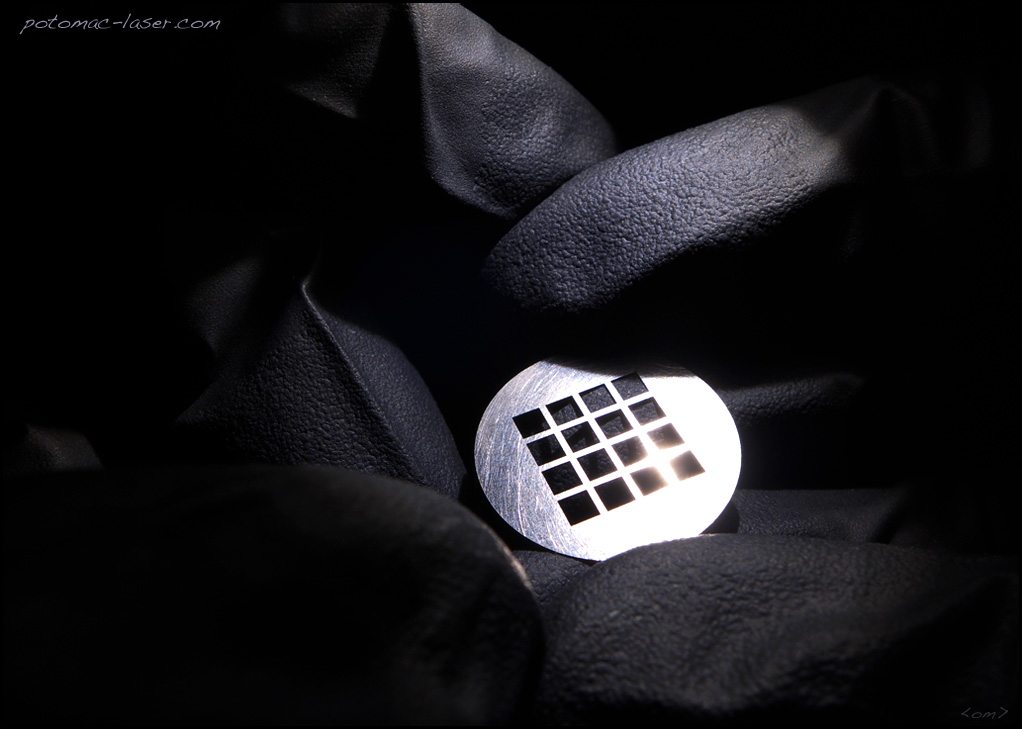
Image Source: Google
Introduction
Laser micromachining is a cutting-edge technology that has revolutionized precision manufacturing across various industries. This process involves using a focused laser beam to precisely remove material from a workpiece, creating intricate designs and structures at a microscopic level.
Despite its small scale, laser micromachining services are making a significant impact on industries such as medical devices, electronics, aerospace, and more. Let's explore how this advanced technology is transforming the way products are manufactured and designed. If you are looking for laser micromachining service then, you may visit this site.
The Technology Behind Laser Micromachining
Laser micromachining relies on the principles of laser technology to achieve exceptional precision and control when working with various materials. Here are some key aspects of the technology:
- High-powered lasers: Laser micromachining utilizes high-powered lasers, such as fiber lasers or UV lasers, to achieve the desired material removal at the microscale.
- Focused beam: The laser beam is focused to a small spot size, allowing for precise and localized material ablation without causing damage to the surrounding areas.
- Computer-controlled process: The entire process is computer-controlled, enabling intricate designs and patterns to be executed with high accuracy and repeatability.
- Wide range of materials: Laser micromachining can work with a wide range of materials, including metals, ceramics, plastics, and semiconductors.
Applications of Laser Micromachining Services
1. Medical Devices
Laser micromachining plays a crucial role in the manufacturing of medical devices, where precision and accuracy are of utmost importance. Some applications include:
- Stent manufacturing: Laser cutting is used to create intricate patterns on stents, which are small tubes inserted into blood vessels to treat blockages.
- Microfluidics: Laser micromachining is utilized to create microchannels and structures on lab-on-a-chip devices for medical diagnostics.
- Surgical tools: Laser cutting is employed to fabricate precise surgical tools and instruments used in minimally invasive procedures.
2. Electronics
The electronics industry benefits greatly from laser micromachining services for the production of intricate electronic components and devices. Some applications include:
- PCB manufacturing: Laser drilling and patterning are used in the production of printed circuit boards (PCBs) for electronic devices.
- MEMS fabrication: Laser micromachining is essential in the manufacturing of microelectromechanical systems (MEMS) for sensors and actuators.
- LED production: Laser cutting is employed to create precise cuts on semiconductor materials for the fabrication of LEDs.
3. Aerospace
In the aerospace industry, laser micromachining services are utilized for the production of lightweight and high-strength components. Some applications include:
- Turbine blade drilling: Laser drilling is used to create cooling holes on turbine blades for aircraft engines, improving efficiency and performance.
- Composite materials cutting: Laser cutting is employed for precise cutting of composite materials used in aircraft structures.
- Sensor fabrication: Laser micromachining is used to create intricate sensor components for aerospace applications.
Advantages of Laser Micromachining Services
Laser micromachining services offer a wide range of advantages over traditional machining methods, making it a preferred choice for industries seeking high precision and quality. Some key advantages include:
- High precision: Laser micromachining can achieve micron-level precision, allowing for the production of intricate and complex designs.
- Non-contact process: The laser beam does not physically touch the workpiece, minimizing the risk of contamination and damage to delicate materials.
- Minimal heat-affected zone: Laser micromachining generates minimal heat, reducing the risk of thermal damage to the workpiece and ensuring high-quality results.
- Fast processing speed: The high speed of laser processing enables quick turnaround times for manufacturing complex components and structures.
- Flexibility: Laser micromachining can work with a wide range of materials and is suitable for a variety of applications across different industries.
In conclusion, laser micromachining services are at the forefront of transforming industries by enabling the production of high-precision components and devices with unparalleled accuracy and quality. As technology continues to advance, we can expect laser micromachining to play an even greater role in shaping the future of manufacturing across various sectors.